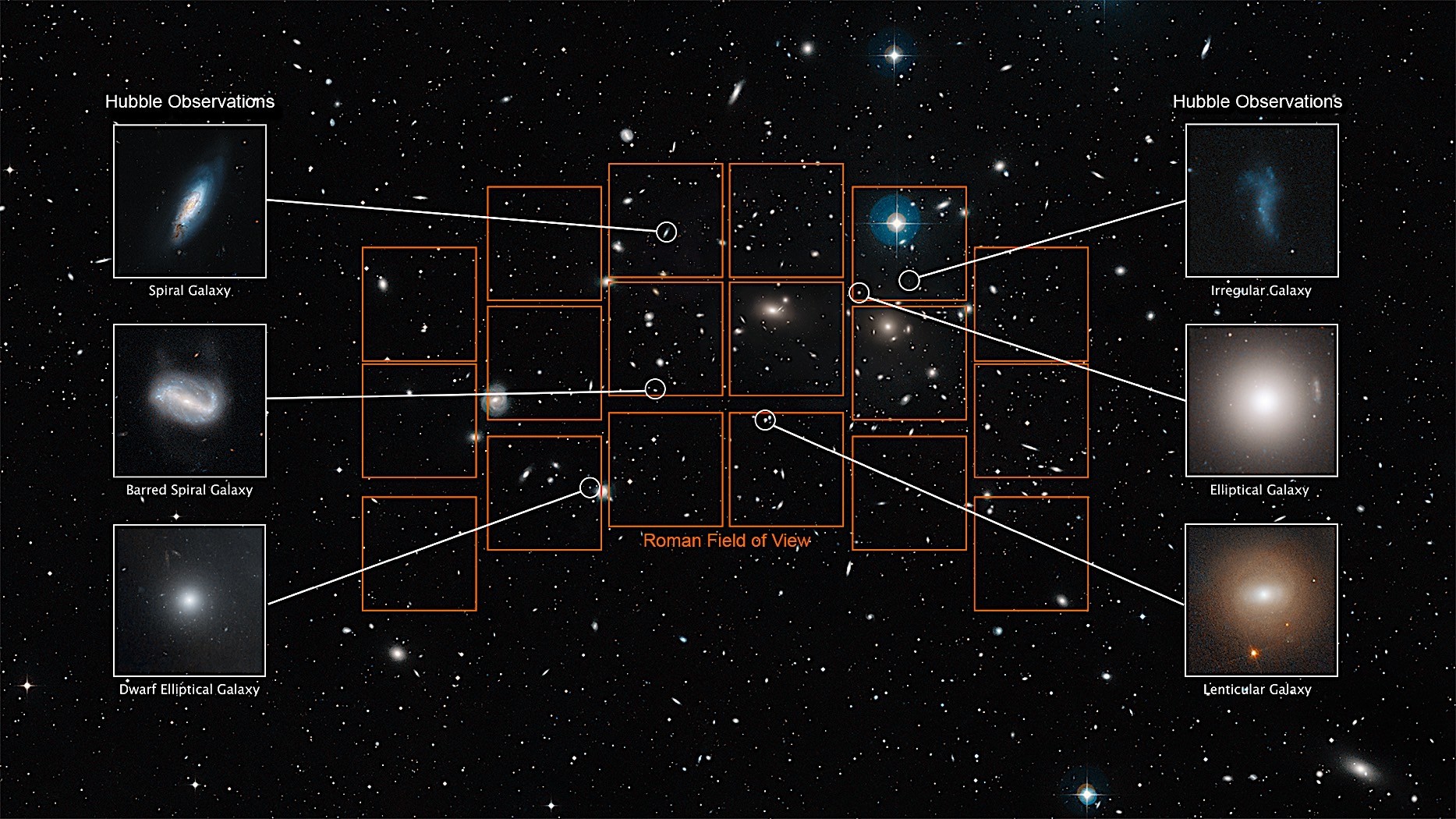The James Webb Space Telescope (JWST) has garnered significant attention in recent years for its potential to unravel the mysteries of the universe. However, it is soon to be surpassed by an even more advanced instrument: the Nancy Grace Roman Space Telescope, also known as the Wide Field Infrared Survey Telescope (WFIRST).
Named in honor of the American scientist credited as the “mother” of the Hubble Space Telescope, the Roman Telescope will utilize infrared and optical instruments to peer deep into space and time, shedding light on phenomena such as dark energy and exoplanets, as well as stars and celestial bodies.

Scheduled for launch aboard a Falcon Heavy rocket around 2027, the Roman Telescope boasts a 2.4-meter-wide primary mirror, accompanied by specialized instruments like the Wide Field Instrument (WFI) and the Coronagraphic Instrument (CGI).
The WFI, a multi-band visible and near-infrared camera, is poised to significantly expand our understanding of exoplanets, potentially discovering thousands within its anticipated five-year mission duration.
Meanwhile, the CGI will enable the telescope to directly image exoplanets by blocking out the glare of their parent stars. This primary mission is complemented by additional scientific initiatives, such as the Galactic Plane Survey, aimed at mapping the stars within our own Milky Way galaxy more comprehensively than ever before.
While previous efforts like the Spitzer Space Telescope have provided insights into the galactic plane, the Roman Telescope’s advanced capabilities promise to revolutionize our understanding of our cosmic neighborhood.
With its ability to conduct a nearly complete census of Milky Way stars in just a month, the Roman Telescope heralds a new era of discovery in astrophysics.

